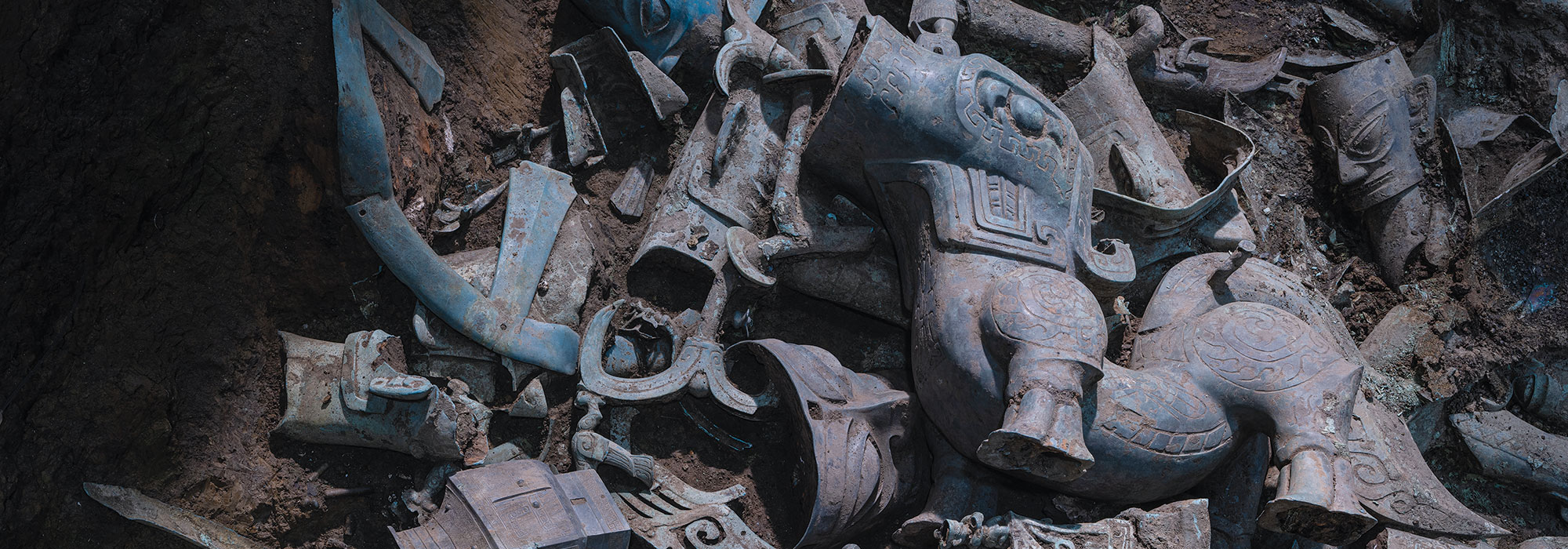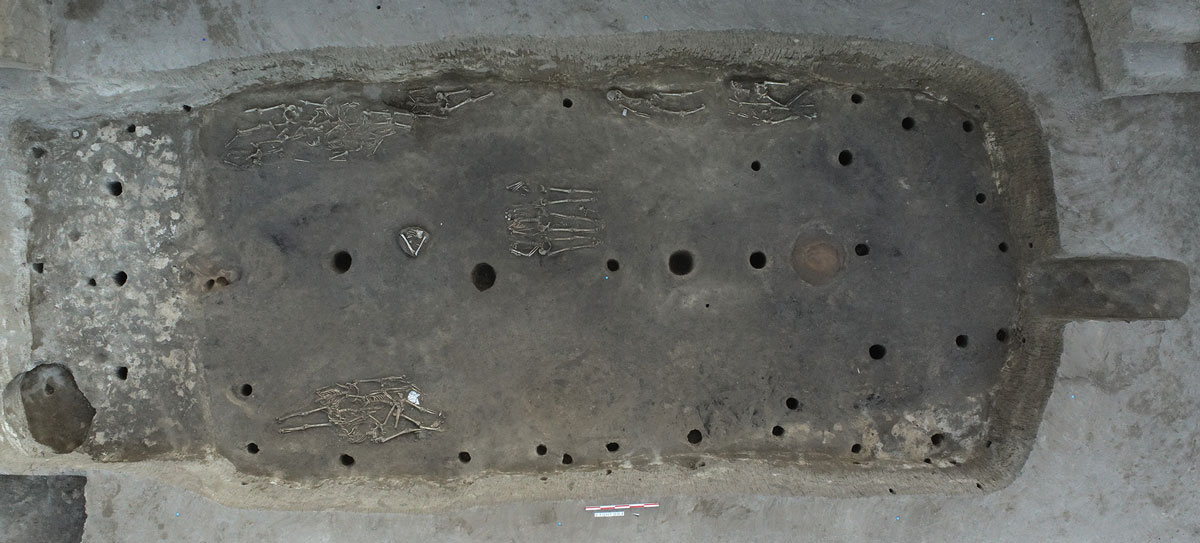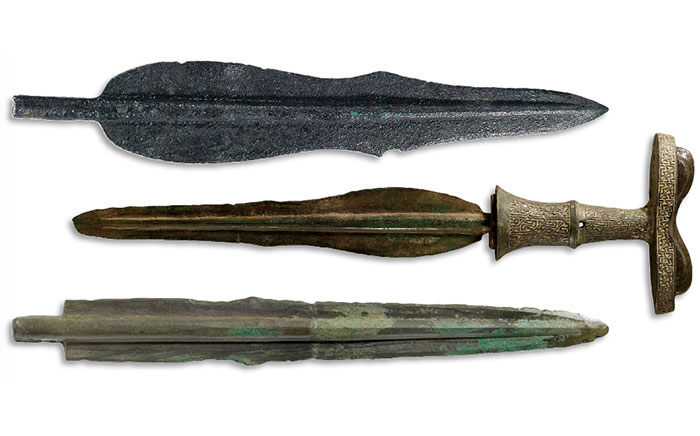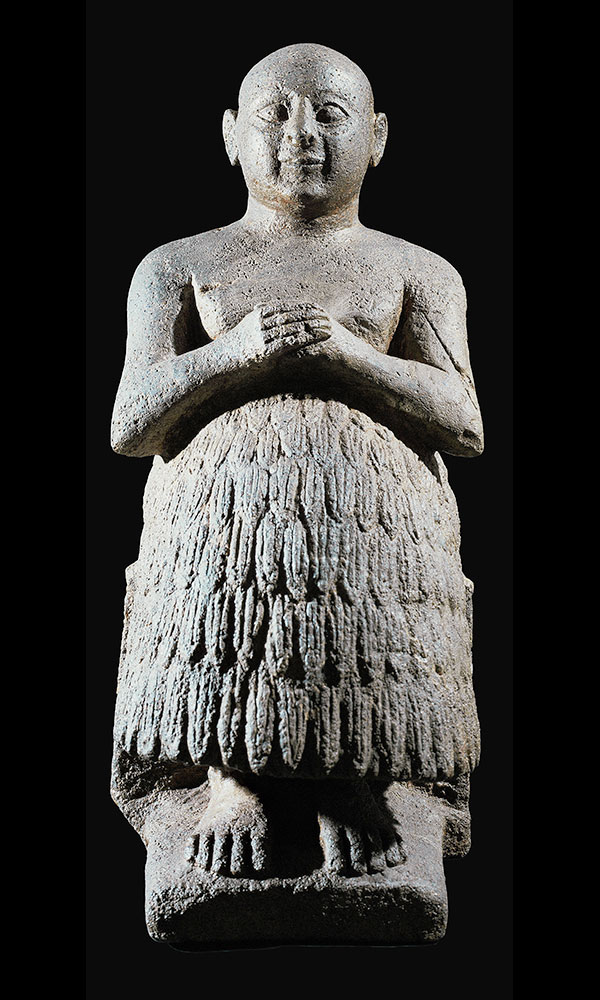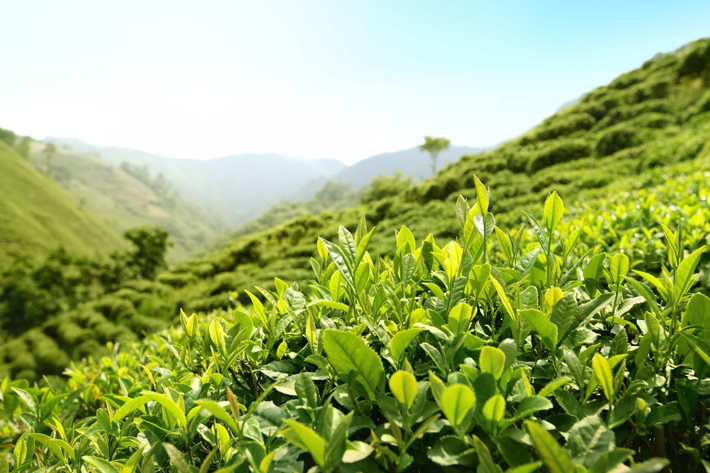
Archaeologists have identified what they believe is the earliest archaeological evidence of the consumption of tea: plant remains in two tombs excavated in Tibet and Chang’an, today called Xi’an, a city that marks the beginning of the Silk Road in northern China. The finds contain traces of caffeine and theanine—substances particularly characteristic of tea. The tombs are more than 2,000 years old, indicating the beverage was consumed during the Han Dynasty (206 B.C.–A.D. 220). A Chinese document from 59 B.C. that mentions a drink that might be tea was previously the earliest known record of the beverage. Tea does not grow near the tombs, so the discovery indicates that the Silk Road was a “much more complicated and complex long-distance trade network than was known from written sources,” says researcher Dorian Fuller, an archaeobotany professor at University College London. Tea-producing regions, including remote areas of China and even Myanmar, he adds, had “well established supply lines” feeding into the Silk Road.



